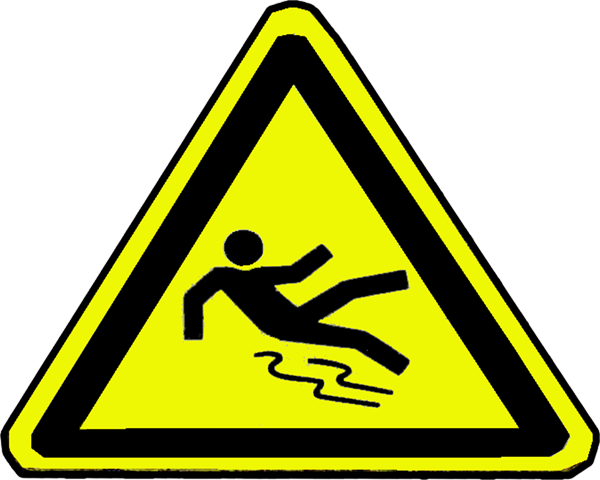



This is a great camera.
The RX100 has all the manual features of a larger camera, but it fits in my pocket.
They say that the best camera is the camera you have with you when need it. Because of its compact size, the RX100 is always with me.
The camera I bought is a refurbished camera. It came packaged like new and I have had no issues since it arrived.
There are different versions of the RX100 with different improvements and features, shop for the features you prefer.
One of the downsides of having a camera with me everywhere is in as much as I travel, there is a lot of wear and tear. Most of that wear and tear was in the first year before I figured out how to keep it both available and safe.
I estimate in the three years I owned it, I shot about 20000 pictures (burst mode doncha know). Probably about 8000 were worth keeping, but man with that big sensor, they were *really* worth keeping.
I did have one problem with my original RX100 which caused me to replace it. It started to unexpectedly power up. This unexpected action would happen in my pocket or sometimes while setting on my desk. It became impossible to keep it charged as I was always struggling to manage the power by removing the battery. It was past warranty, so there was no manufacturer recourse.
My old RX100 finally met its match when it powered up and fell off my desk when the lens expanded out of the body and pushed itself over the edge. Perhaps it was despondent.
Anyway, the RX100 is great camera and I highly recommend the camera and the vendor who refurbished my current one!!!!

Just a quick note or two on this picture…
This is from a trip to Iceland. The picture is the glacier “Sólheimajökull”, an easily accessible glacier for tourists. The picture was a regular still shot from a 500 meters away. In the lower right corner of the picture, you can see dark, horizontal layers that are a geological history of thousands of years of volcanic eruptions. In that same corner, you can see a few colorful specks that are hikers preparing to hike the glacier. I bring this up for one reason, how great the sensor on this camera is… The lens is only about a 2x optic zoom, but if you are steady with your shots you can later zoom and crop other details you might not have noticed. The picture below was cropped from the picture above. I love this little camera!!

Zombies and Climate Change
If you mention “zombies” to people, the common reaction is “Zombies? What’s all this stuff about zombies? It’s everywhere!”
George Romero is known as the father of zombie movies. Unknown to most people, zombie movies weren’t really about zombies. He used low art (a horror film) to explore highly relevant social issues. Zombies weren’t fast because their speed wasn’t the problem, their danger was their unavoidable, mounting threat… you can run, but you can’t hide.
Back in the day, the issues were social order, consumerism, the distribution of resources… you know, light topics.
Flash forward to today and the zombie phenomenon is more popular than ever with books, more movies, graphic novels, and one of the most popular cable television programs ever.
The conflict in the zombie dramas is not between us and the zombies, it is in how we treat each other. Do we act in the interest of the other guy? Do we hunker down in the mall with enough clothing, jewelry, and junk food to last for months? We’ll be ok for a while, but eventually we go out or the out comes in.
Or, do we revert to a more primitive time and look to our own self-interests by hording resources and dominating the weak?
The characters fight to survive each other and to protect their interests while ignoring the looming zombie apocalypse. Under emotional stress, we revert to our primitive instincts. How they (really us) react is a combination of personal ethics, ambition, and group identity.
Like the slow moving flood of zombies, there is an inevitability to climate change.
Whether or not you agree to the details of the how, it is happening. Those that deny it are mostly responding in a heartfelt manner to support an ideology. I don’t agree with them, but I understand the sources of their passions.
The science shows that the steps we take now will affect how bad it will be.
So, do we ignore it and hunker down in the mall surrounded by nice stuff?
Do we ignore the plight of others so that we can each serve our own self-interests and survival?
Do we take the steps now to contain the slow moving zombie climate that will change our planet in ways we cannot imagine now?
Or finally, do we put aside our impassioned debates and face the inevitable threat?
We must all act together. It is the policies and actions we take now that determine if our grandchildren will be able to control their own destinies or if they are forced to choose sides in a fight for resources.
Alice won’t be around to help.
Three years ago, I started blogging for a lot of different reasons.
It served as a way for me to crystallize thoughts and ideas and to share them with others.
My initial intention was to keep the topics mostly professional and related to business and critical thinking. In the meantime, I started a branded parallel blog over at EndGameLeadership.com. It basically duplicated the K.W. Wrede blog for a wider business audience. Continue reading
Telecommuting isn’t a new topic. Under the right conditions the re are many advantages for both employees and employers.
re are many advantages for both employees and employers.
At both ends of the spectrum there are jobs that are impossible for telecommuting (i.e.: manufacturing) and there are jobs that are perfect (i.e.: some accounting tasks). We find the challenges in that grey blob in the middle. Those challenges can be our opportunities.
My good friend Rajesh Singh started a recent thread on LinkedIn asking about telecommuting.
(Read the full thread here.)
But, as I read the comments, I realized that as is often the case the question frames certain assumptions and we don’t think through the “real” problem. Continue reading
Everyone agrees that innovation is the magical key to the future, a strategic activity that cannot be ignored.
A major topic of CEOs and MBA programs world-wide.
The biggest obstacle to innovation in any organization has absolutely nothing to do with innovation.
The biggest obstacle is that very few organizations create the strategic group culture needed to nurture innovation.
You may find a Senior VP for other “strategic” areas (think finance, marketing, operations, and even human resources), but you rarely have a SVP for innovation (or for that matter, leadership).
If the CEO does not take a personal hand in proactively promoting an environment for innovation, it just becomes an annoying buzz word that will be addressed “sometime in the future.”
 There are basically two kinds of people who get involved in unethical actions in business.
There are basically two kinds of people who get involved in unethical actions in business.
In one case, they are proactive and premeditated in their actions. In the other case, it just sorta happens.
Continue reading
 I think like everyone, I could stand to drop a little weight.
I think like everyone, I could stand to drop a little weight.
I’m not morbidly obese, but I have a specific weight, 195 pounds (or about 88.5 kilos) where I really start to feel awful.
I’m lethargic, I have nightly acid reflux, blood pressure is up, and my lab results tend toward those seemingly inevitable middle-age guy twin-cities’ destination: Prediabetes and Prehypertension.
Four weeks ago I was at 195. Continue reading
Maybe I’m just old fashioned…
But…
If you are a 1/3 owner in a business and you are claiming a tax loss of about $1 billion, the math implies that you had to destroy $3+ billion in corporate value to use that write-off.
Everyone associated with the company lost their jobs and a liquidation process probably recovered only pennies on the dollar for the debtors and other investors.
I’m pretty sure that is not considered a good business model.
But hey…
I might just be a bit old-fashioned.
Leaders must protect the most important asset generated by healthy organizational cultures: Trust.
It is through the process of good culture that leaders earn trust of their subordinates.
Leaders who ignore that lesson destroy corporate value.